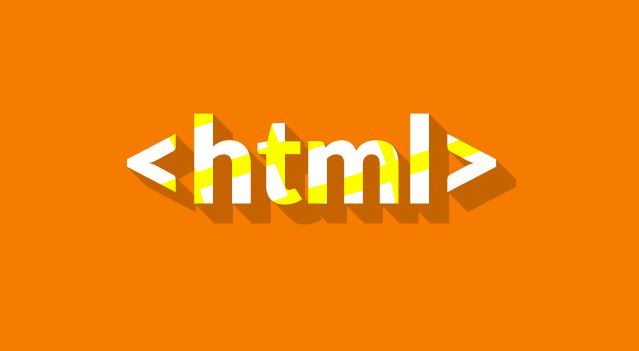History Of HTML Briefly Explained In Details | EtcDroid
History
The historical backdrop of hypertext markup dialect is an odd and intriguing story. From its basic begin as an online subset of SGML through political maneuverings of the gigantic program organizations to its current piecemeal – however developing – similarity, the dialect has weathered a tempest of development, mishandle, and advancement. As of late, the fight for control of the standard has concentrated on usefulness. Microsoft and Netscape are both touting W3C consistence as a vital advertising advantage. Also, the work being done on the most recent HTML draft appears there might be promising finish to the present course of action.
In any case, it wasn't generally this blushing.
The issue, be that as it may, ended up being in the straightforwardness of Berners-Lee's dialect. Since it was content based, you could utilize any editorial manager or word processor to make or change over records for the Web. Furthermore, there was only a bunch of labels – anybody could ace HTML in an evening. The Web thrived. Everybody began distributing. The rest is history.
However, as more substance moved to the Web, those making programs understood the straightforward markup dialect required much change. By what means should the advancement happen? Tim Berners-Lee positively would not have been the sole engineer of HTML – he never expected to be. So the designers, in the long-held custom of the Internet, executed new highlights in their programs and after that dispatched them. On the off chance that the Web people group loved them, they remained. If not, they were evacuated.
See, for instance, at the expansion of pictures to the Web. Early programs were essentially message based, and there was a quick want to show figures and symbols inline on a page. In 1993, a verbal confrontation was detonating on the juvenile HTML mailing list, lastly an undergrad named Marc Andreessen added <img> to his Mosaic program. Individuals protested, saying it was excessively constrained. They needed <include> or <embed>, which would enable you to add any kind of media to a Web page with the much-touted content transaction utilized on the customer. That was too enormous a venture, as per Marc, and he have to send ASAP. Mosaic ran with <img>, and it would be a long time before incorporating media in a page utilizing <embed>, or <applet>, or <object> would rise to the top once more.
Mosaic transported with <img>, Tim headed out to the beginning World Wide Web Consortium, and Marc left for California to begin a little program organization called Netscape.
HTML kept on developing, with new, ground-breaking, and energizing labels. We got <background>, <frame>, <font>, and obviously, <blink>. Microsoft hopped into the diversion, and <marquee>, <iframe>, and <bgsound> began seeking room in the spec. And this time, the W3C angrily faced off regarding something many refer to as HTML3, a sprawling report sketching out a wide range of flawless new highlights that no one bolstered (recall <banner> and <fig>?). It was presently 1995, and things were a flat out chaos.
Something expected to give. In the event that things kept up the way they were going, Netscape and Microsoft would in the end have two totally restrictive adaptations of HTML, yet with no chance to get of supporting the idealistic vision of substance transaction. Rather, individuals would be compelled to pick one program or the other, and surf content particularly made for that stage. Content suppliers would either need to pick between merchants or spend more assets making numerous adaptations of their pages.
There are still remnants of this waiting on the present Web, however not the bad dream situation that was foreseen. The HTML arm of the W3C changed course and began gathering and recording current practice in transportation programs, as opposed to outlining a future, unattainable adaptation of the dialect. HTML3 was dropped totally, and work started on HTML3.2, which, incidentally, was far less mechanically progressed than its forerunner. In any case, more significantly, it was sensible in its objective to give content suppliers and program designers a typical, if dated, reference from which to work.
So there's one major cheerful family currently, isn't that so? Netscape, Microsoft, and the W3C are on the whole buckling down together to make the brightest HTML future conceivable, isn't that so? All things considered, the truth isn't generally that clean. Indeed, even as of late, the benchmarks wars have erupted over things like <layer> versus CSS situating, or the two contending webcasting recommendations. Be that as it may, for the occasion, in any event we have a procedure set up for managing these issues.
Furthermore, the procedure is proceeding with; we should see HTML4 this year. Right now alluded to by its code name, "Cougar," the draft incorporates a huge number of innovations being added to current programs: templates, scripting, casings, and that's only the tip of the iceberg. We'll investigate this draft in detail one week from now.









No comments:
Post a Comment